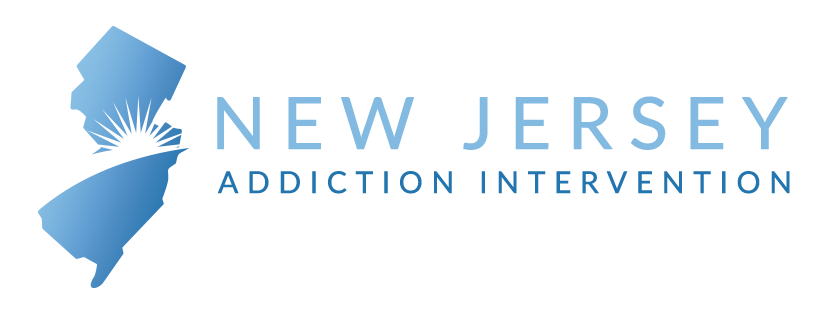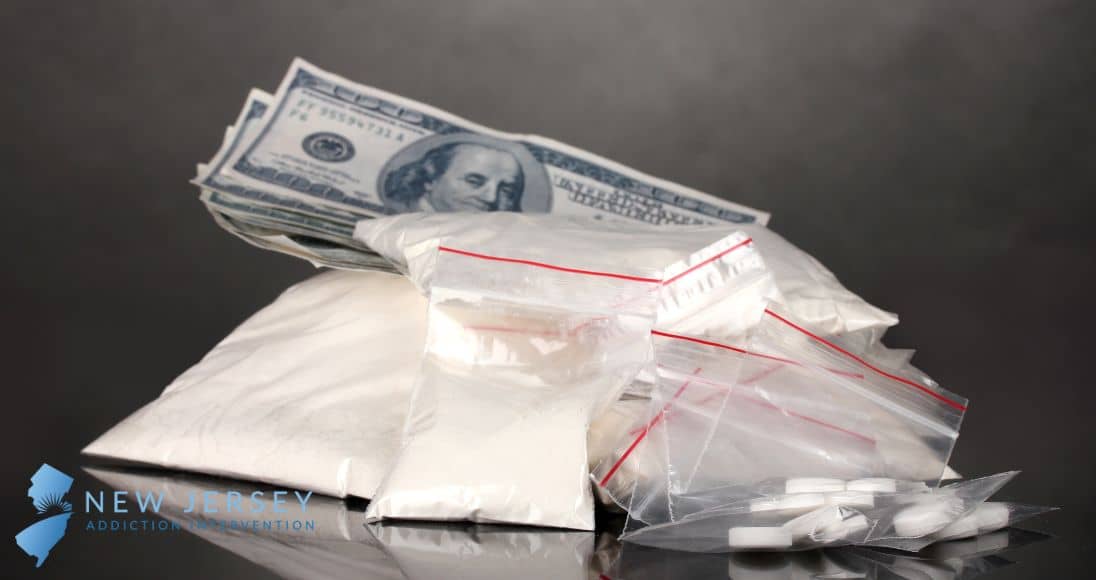Crank is one of the street names for methamphetamine. It is a dangerous, illicit stimulant drug that is extremely hazardous to your health.[1] Using crank can lead to immediate harm and long-term danger, including addiction and overdose.
This article will explore some of the side effects, dangers, and signs of addiction to crank. If you or someone you love needs help to stop using crank or other drugs, contact the caring team of specialists at New Jersey Addiction Intervention today to explore your treatment options.
What is Crank?
Crank is one of the street names for methamphetamine, or meth. Crank may look like white or pale blue, pink, green, or yellow powder. People may ingest crank by smoking, snorting, or injecting it.[1]
Chemically, crank is similar to the amphetamines prescribed to treat attention deficit hyperactivity disorder (ADHD) and narcolepsy.[2] But methamphetamine is produced in uncontrolled, illicit labs from a mixture of hazardous chemicals.
What are the Side Effects of Using Crank?
Crank, or meth, is an illicit stimulant drug. It produces a quick high that lasts a short period, which makes people want to use more and more of it to maintain the effects. Sometimes, people may binge on crank, meaning they use it frequently for days. They may not sleep or eat during this time.
Side effects of crank include:[3]
- Increased energy and wakefulness
- Higher levels of physical activity
- Decreased appetite
- Euphoria
Crank causes a flood of dopamine in your brain. Dopamine is a neurotransmitter associated with pleasure and reward. Drugs that affect dopamine usually have a high potential for abuse and addiction, and people may have a hard time stopping once they’ve begun to use crank.
Understanding the Short and Long-Term Dangers of Crank
Meth abuse has short and long-term dangers. People who abuse crank may develop severe complications in their mental and physical health, relationships, and ability to function in daily life. Many people require comprehensive treatment and ongoing support to stop using crank and avoid relapse.
Short-term dangers of using crank
- Decreased appetite can lead to weight loss and malnutrition
- Heartbeat can become fast or irregular
- Increased body temperature
- Increased blood pressure
Long-term dangers of using crank
People who inject drugs, including meth, risk contracting HIV, hepatitis B, and other bloodborne diseases from sharing needles with others. Using crank impairs a person’s judgment and puts them at increased risk of harm from risky behaviors, such as driving under the influence or engaging in risky sexual behaviors.
Other long-term effects include:[3]
- Violent behavior
- Paranoia
- Hallucinations
- Extreme weight loss
- Severe dental problems
- Skin sores from scratching
- Confusion
- Sleep problems
- Memory loss
- Anxiety
Abusing meth can lead to structural and functional differences in a person’s brain. Some of the long-term effects of meth abuse may last long after they stop using the drug. Recent research suggests that people who use methamphetamine are more likely to develop Parkinson’s disease, even if they stop using it.[4]
Overdose is also a concern with meth abuse.
Do I Need Addiction Treatment?
Addiction causes significant changes in a person’s behaviors, appearance, emotions, and more. Knowing the signs of addiction may help you recognize a problem and seek treatment quickly, which is essential to avoiding the worst consequences of substance use.
Some of the signs of meth addiction include:
- Neglecting responsibilities at home, work, or school
- Isolating
- Spending a lot of time and energy getting, using, and recovering from using the drug
- Needing to take more of the drug to get the same effects
- Doing risky or illegal things to get the drug
- Continuing to use the drug despite negative consequences
Experiencing withdrawal symptoms if you stop using the drug is also a sign of dependence or addiction. When you use methamphetamine for an extended period, your body becomes dependent on it. If you stop using the drug, you may experience withdrawal symptoms like:
- Anxiety
- Fatigue
- Depression
- Psychosis
- Intense cravings
Withdrawal can be so uncomfortable that many people fail to detox independently. The support of a medically-supervised meth detox program and comprehensive treatment is essential to long-term success in recovery.
What Happens in an Addiction Treatment Program?
The first step of substance abuse treatment is an evaluation of your needs. A doctor or addiction specialist will ask about your substance use, treatment history, medical and mental health, and more. This information will allow your treatment team to tailor a plan to meet your unique needs.
Many people require medically-supported detox as a primary step in recovery. During detox, people receive the medications, supervision, and emotional support they need to achieve a complete detox.
After detox, continuing a treatment program that can help address your addiction’s physical, behavioral, and emotional aspects is essential. Treatment plans generally include:
- Individual, group, and family therapy
- Relapse prevention education
- Medications
- Mental health treatment
- Aftercare planning
- Holistic therapies like exercise, nutrition support, mindfulness, and more
After completing treatment, people must continue to engage in recovery activities, including ongoing support from a peer group or counselor, regular medical care, or other types of substance use treatment.
Find Help for Meth Abuse and Addiction Now
You don’t have to carry the weight of addiction alone. The caring treatment and support you deserve are just a phone call away. Reach out to the New Jersey Addiction Intervention team today to learn more about treatment and take the first steps in your recovery journey.
References:
Medically Reviewed: April 20, 2023

All of the information on this page has been reviewed and verified by a certified addiction professional.

